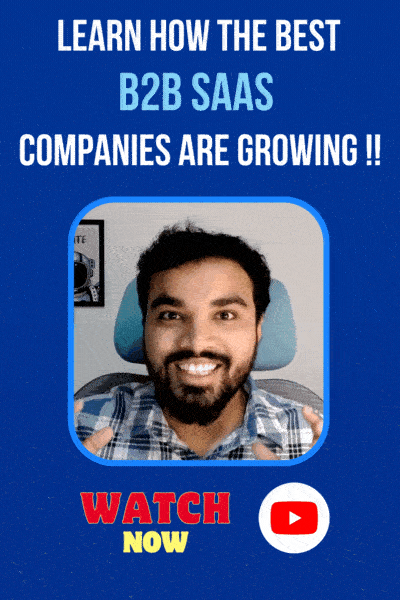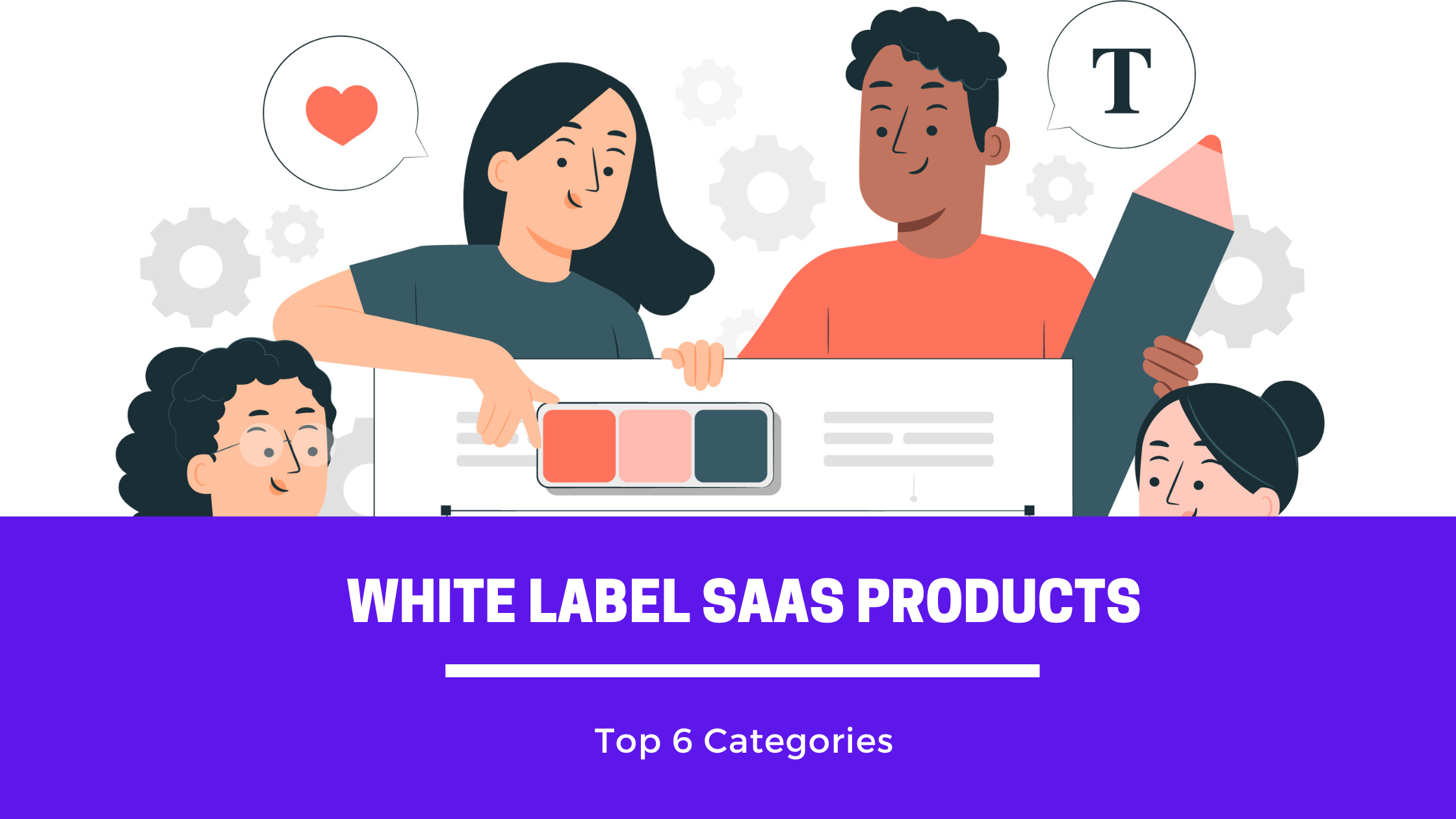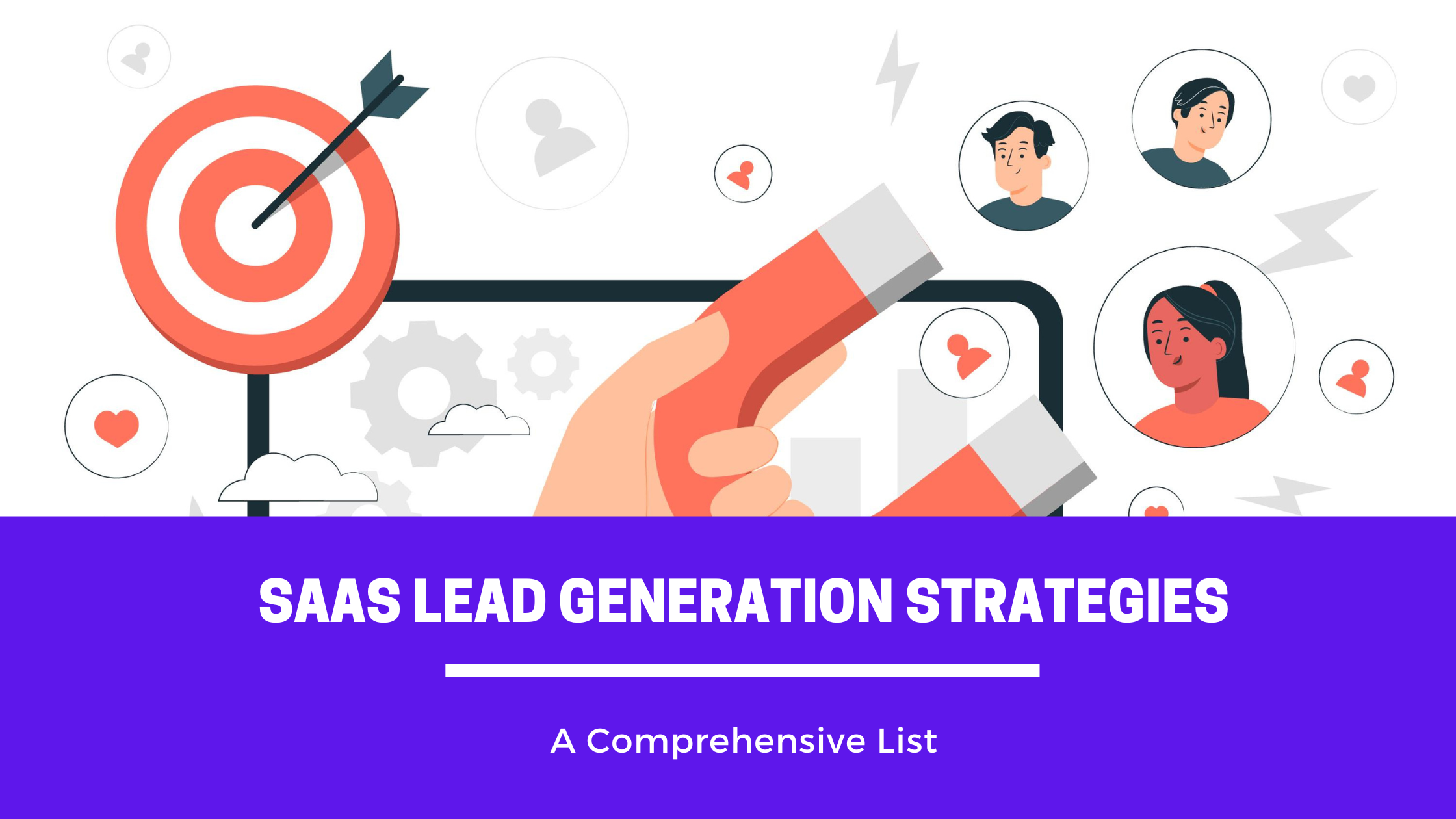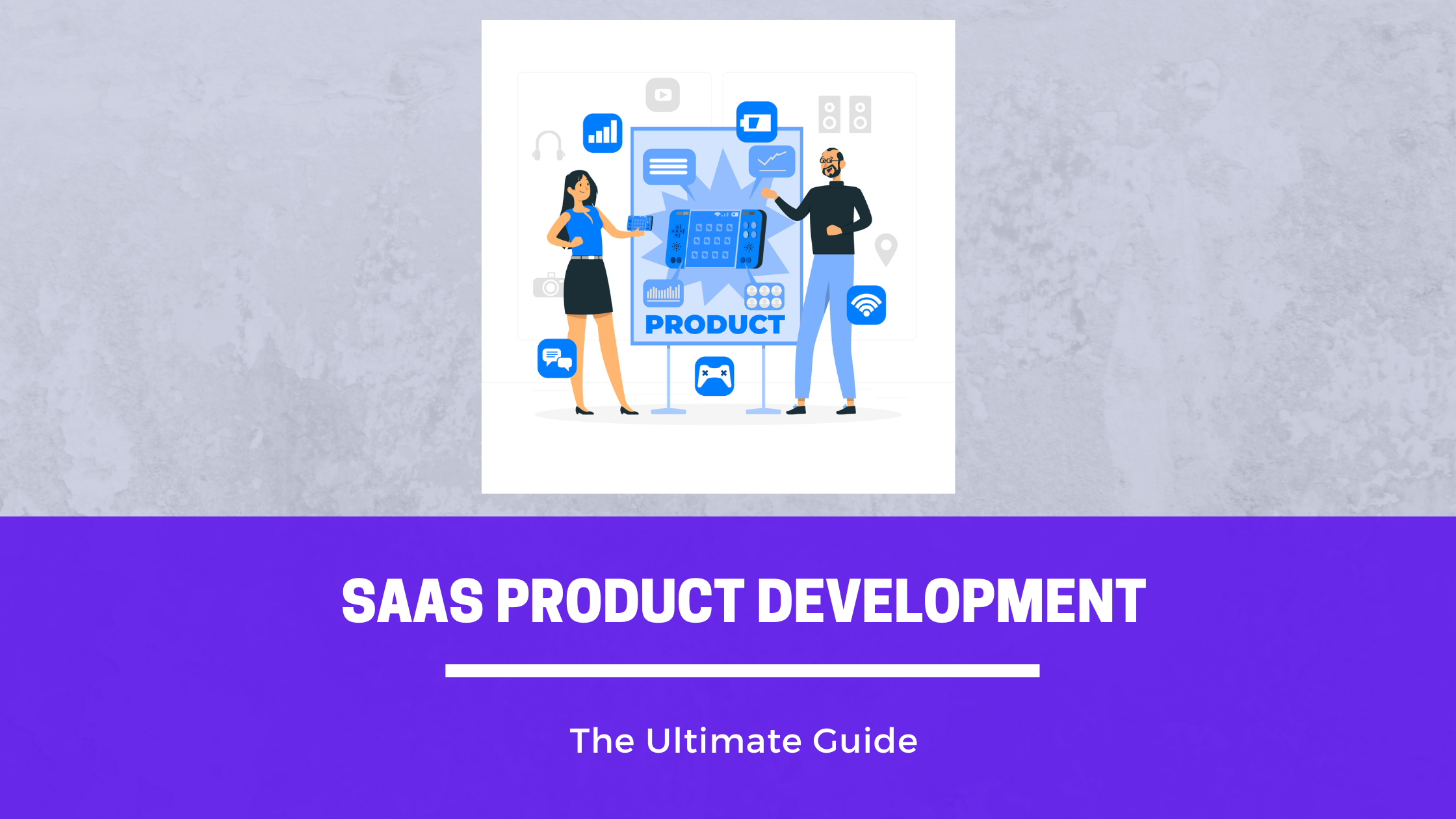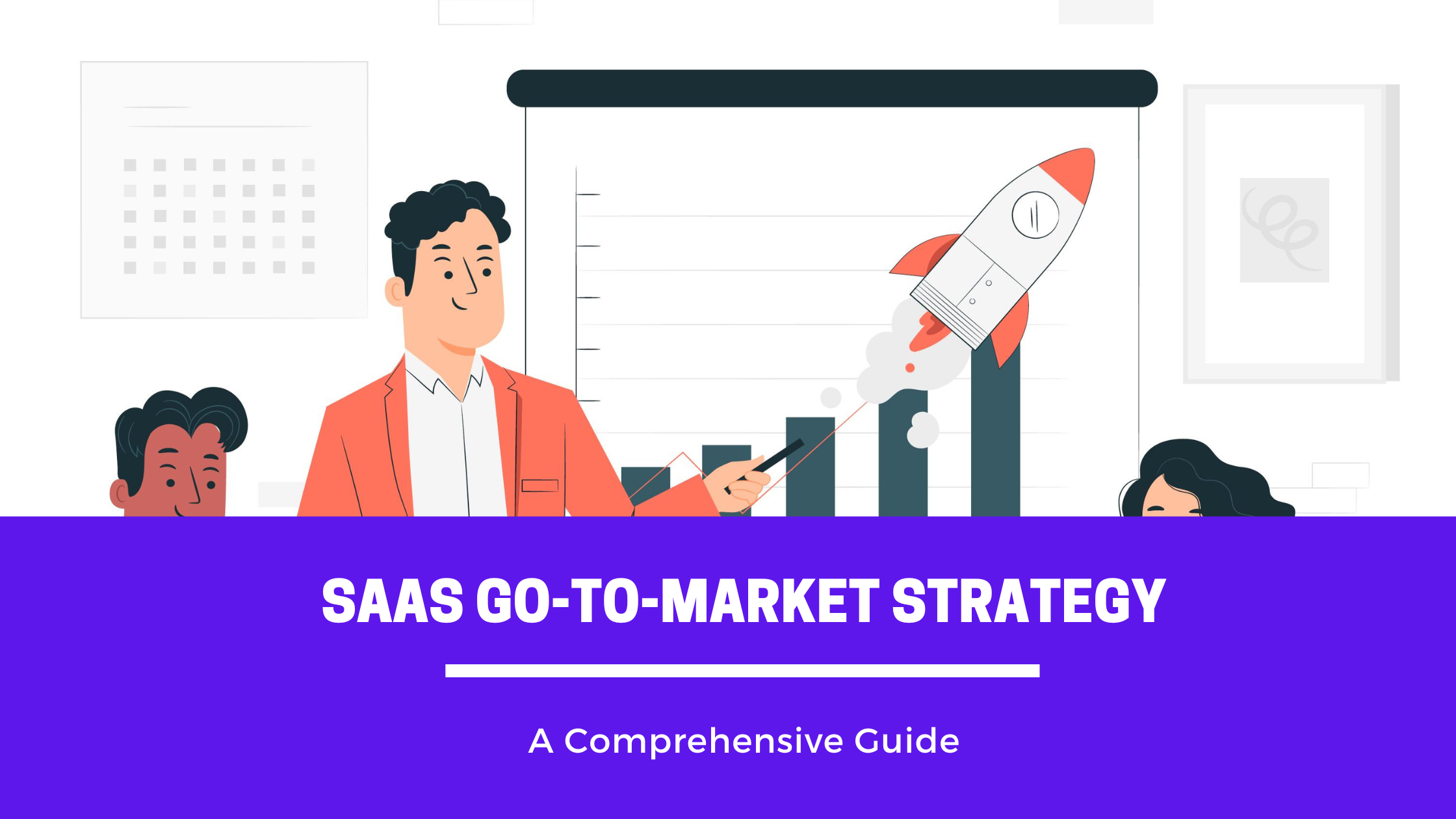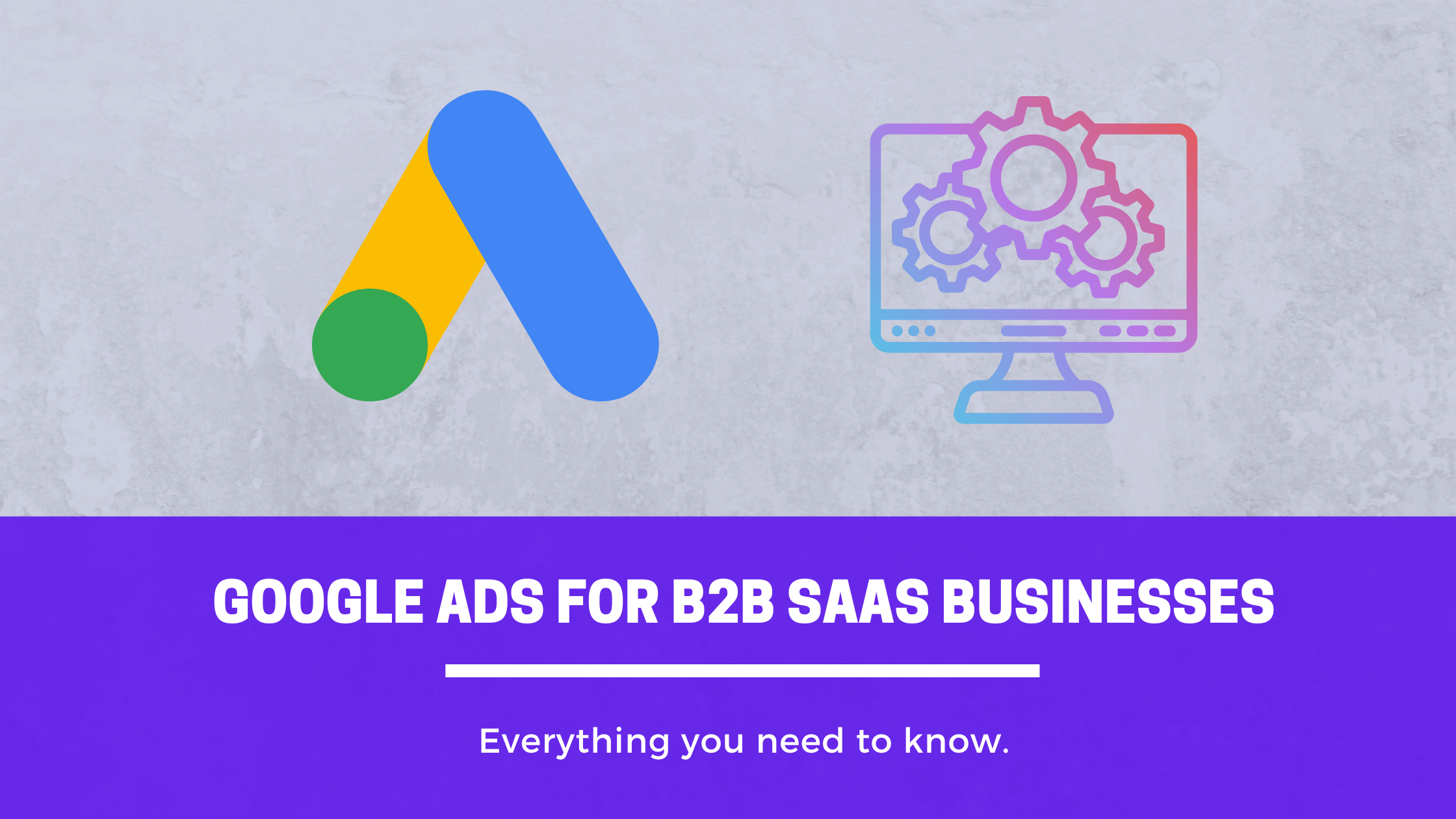This blog post provides a comprehensive guide to developing a successful go-to-market (GTM) strategy for SaaS companies. It covers everything from the basics of a GTM strategy to specific tactics for SMB SaaS and high-ticket sales-led SaaS. The post emphasizes the importance of careful planning and research, and provides concrete steps for identifying a target market, creating a value proposition, and establishing effective growth channels. Whether you’re just starting out or looking to refine your existing GTM strategy, this post offers valuable insights and actionable advice to help you succeed in the competitive SaaS market.
What is a SaaS Go To Market strategy?
The SaaS Go To Market strategy is the plan by which software-as-a-service (SaaS) companies bring their product to market. This strategy encompasses all aspects of the product lifecycle, from initial market research to pricing and distribution.
Why do you need a SaaS Go To Market strategy?
Having a well-defined SaaS GTM strategy is essential for the successful launch of your product or service. A SaaS GTM strategy is a comprehensive plan that outlines how you will introduce and promote your product to your target audience, and how you will create a sustainable competitive advantage in the market. Without a SaaS GTM strategy, you risk wasting valuable time and resources on experimentation to determine the best approach.
A SaaS GTM strategy provides a roadmap for your team to follow, ensuring that they are all aligned and working towards the same goals. It involves market research, identifying your target audience, understanding their needs and pain points, and creating a value proposition that resonates with them. Additionally, a GTM strategy helps you establish the right channels to reach your customers and provides guidance on the messaging and content that will best resonate with your target audience.
In summary, a SaaS GTM strategy is crucial for the success of your product or service, and it helps you avoid costly mistakes and wasted resources that come with trial and error. By investing in a well-crafted GTM strategy, you can be confident that you are giving your product or service the best chance for success in the market.
What’s the best way to approach SaaS Go To Market strategy?
When considering a SaaS GTM (go-to-market) strategy, it’s important to follow a few key steps. First, identify your product’s unique value proposition–what sets it apart from the competition and makes it capable of solving a problem very well. Once you have a clear understanding of your product’s value proposition, the next step is to identify a niche market that is both in need of your product and has the means to pay for it.
When looking for a niche market, it’s important to consider who is most desperately in need of your product. This will help you to better understand your target audience and how to effectively reach them. Additionally, it’s important to consider the economic viability of your chosen market, ensuring that your LTV (lifetime value) and CAC (customer acquisition cost) make sense.
Once you’ve identified your target market, the next step is to find a few winning growth channels to reach them. This may involve a combination of marketing tactics, such as social media advertising, email marketing, content marketing, and more. It’s important to ensure that your chosen growth channels are both effective and cost-effective, allowing you to reach your target audience without breaking the bank.
By following these key steps and carefully considering your product, target market, and growth channels, you can create a winning SaaS GTM strategy that will help you to successfully bring your product to market and grow your business over time.
SaaS GTM Strategy for SMB (Low Ticket & Marketing Led)
When it comes to SMB SaaS products that have a low ticket price, it’s important to focus on the top of the funnel in order to drive traffic and generate leads.
Typically, the customer journey for these types of products involves users signing up for a trial and then deciding whether or not to become a paying customer. This can be a challenge, as it requires not only attracting the right people to your website, but also convincing them to take the next step and give your product a try.
The exact strategy also varies as your product evolves. Let’s explore different growth channels that can work for you at various stages.
First 100 Customers
If you sell low ticket SaaS products, there are several proven growth channels that can help you acquire your first 100 customers. Let’s take a closer look at them:
- Leveraging your existing network
- Leveraging your existing network can be a great way to kickstart your launch. You may want to start by reaching out within your network and letting them know about your new product. This is especially effective if you have been working in the industry for a while and have established relationships with key players. However, it is important to be strategic about who you reach out to and how you approach them. You want to make sure that you are targeting the right people and presenting your product in a way that is compelling and relevant to them. This may require some research and careful planning, but the effort can pay off in the long run.
- Cold Outreach
- Cold outreach outbound is an effective strategy to acquire potential leads. It involves reaching out to prospects through cold emails or social media channels like LinkedIn, Twitter, Facebook, Reddit etc. The advantage of using this strategy is that you can get instantaneous results.
- To make your cold outreach outbound campaign successful, it is important to personalize your message and focus on helping your prospects rather than just selling your product or service. By doing so, you can build trust and establish a long-term relationship with your prospects.
- In addition to being an effective strategy, cold outreach outbound is also a cost-effective way of reaching out to potential leads. Instead of spending a fortune on advertising, you can reach out to your target audience directly and convert them into customers.
- Niche communities
- Start networking with niche online communities such as Facebook groups, Slack channels, Reddit communities, and more. You may find these communities by searching on Google or looking for recommendations from people in your industry.
- Begin by helping people in these communities and building relationships with them. You can do this by answering their questions, providing valuable information, or simply engaging in conversations.
- As you continue to interact with members of these communities, position yourself as a subject matter expert by sharing your knowledge and insights.
- Once you have established yourself as a valuable member of the community, you can begin to promote your product or service. Start by asking others if they have ever used a product or service like yours and if they found it helpful. If they express interest, feel free to share more information about your product and how it could benefit them.
- Remember, building relationships takes time and effort. Don’t expect immediate results from your interactions with these communities. Instead, focus on providing value and building trust with the people you meet. Over time, this approach will help you establish a strong network of supporters who will be more likely to recommend your product or service to others.
- One time launches
- One-time launches are an excellent way to get your product in front of thousands of people instantaneously. By launching on sites such as Product Hunt or Betalist, you can quickly gain exposure and potentially attract a large audience.
- However, it’s crucial to plan your release carefully to ensure that you rank in the top five on these sites to get the maximum amount of visibility. This means that you need to be strategic in how you approach your launch, from choosing the right time and day to crafting a compelling product description that will capture people’s attention.
- Life time deals
- Lifetime deals can be a great way to kickstart your business. These deals involve selling software at a discounted one-time fee, which users can use indefinitely. By making your product accessible to more people, you can attract a large number of customers in a relatively short amount of time. In fact, lifetime deals are considered by many to be the best way to get an initial set of customers.
- Not only do lifetime deals help you gain traction in the market, they can also help you raise some money to keep your company going. This is particularly important in the early stages of your business, when cash flow can be a challenge. By offering a lifetime deal, you can generate some revenue that can be reinvested into your company.
- However, it’s important to remember that lifetime deals also come with some drawbacks. For example, selling your software at such a low price point can dilute its value in the long run. Additionally, it can be difficult to raise prices on lifetime deals, which can make it hard to maintain profitability over time. Despite these challenges, lifetime deals can still be a valuable strategy for growing your business.
Beyond first 100 customers
Once you acquire your first set of customers, it’s time to slowly evolve your SaaS go-to-market (GTM) strategy. Essentially, you’ll be transitioning from outbound to inbound. Let’s take a look at various channels that will help you grow after this stage.
- Content Marketing
- Content marketing is a crucial aspect of any business’s marketing strategy in today’s digital age. It is considered the best inbound channel that can start giving results after 6-8 months of consistent effort. Although it may take longer to see the benefits of content marketing, investing in it from the beginning itself can reap tremendous benefits in the long run.
- To make the most out of content marketing, businesses need to focus on creating high-quality and engaging content that offers value to their target audience. This can include creating SEO-optimized blog posts, informative webinars, educational video content, and more.
- By investing in content marketing and SEO from the beginning itself, businesses can build a strong online presence, establish themselves as thought leaders in their industry, and attract more leads and customers over time. So, it’s never too early to start investing in content marketing and reaping the benefits it has to offer.
- Affiliate marketing
- Affiliate marketing is a powerful strategy that can help you grow your SaaS business by leveraging the expertise and influence of others. By partnering with affiliates, you can tap into their existing networks and gain access to new customers that you may not have been able to reach on your own.
- One of the key advantages of affiliate marketing is that it allows you to scale your sales efforts rapidly. By onboarding affiliates to sell your SaaS product, you can quickly expand your reach and increase your revenue without necessarily having to invest in additional marketing or sales resources.
- Additionally, affiliate marketing can be a cost-effective way to acquire new customers. Rather than spending money on advertising or other forms of marketing, you can pay your affiliates a commission for every sale they generate, which helps to align your interests and incentivize them to promote your product as effectively as possible.
- Founder influencer brand
- Building a founder influencer brand is an effective way to drive traffic to your SaaS product. By establishing yourself as an influencer in your category, you can create a loyal following that trusts your opinion and values your insights.
- Consistently posting on social channels like Twitter and LinkedIn can help you reach a wider audience and build your brand over time. By sharing your knowledge and expertise, you can position yourself as a thought leader in your industry and build trust with potential customers.
- Product led growth
- Product Led growth is a strategy that involves using the product itself as the primary driver of customer acquisition and retention. It focuses on building a product that users love and making it easy for them to share it with others.
- One way to support this strategy is by adding viral features to the product, such as “powered-by” branding. This can be particularly effective if you offer a free tier of your product, which can help to increase its popularity and reach.
- Additionally, if your platform is collaborative in nature, you may be able to leverage this to your advantage by encouraging users to invite others to join and use the product. This can help to create a network effect, where the more people who use the product, the more valuable it becomes to each individual user.
- Word of mouth
- Word of mouth is one of the best ways to get your SaaS business out there.
- If you serve your customers well, they will be more likely to recommend your product to others, resulting in a wider customer base.
- This is often considered the best organic inbound channel, as it requires no investment in marketing or advertising.
- However, it is important to keep in mind that you can’t control word of mouth completely.
- Additionally, you can encourage word of mouth by offering incentives for referrals or by creating a referral program that makes it easy and rewarding for existing customers to recommend your product to others.
- PR activities
- Public relations (PR) activities can help drive top of funnel. This can involve reaching out to niche-specific podcasts, events, or online communities where your target audience is likely to be active. You can also consider collaborating with influencers in your industry to help spread the word about your product or service. Additionally, hosting your own events or webinars can be an effective way to generate buzz and attract potential customers. By focusing on building relationships with your audience and establishing your brand as a thought leader in your industry, you can help to create a steady stream of leads and ultimately drive sales.
- Paid Ads
- One way to promote a business is through paid advertising. Platforms such as Google Ads and Facebook Ads can be effective in reaching a wider audience. However, it is important to consider the budget needed for this strategy to work well. Generally, it is recommended to allocate a significant amount of budget, especially after the first 100 customers have been acquired. This is because the initial focus should be on establishing a strong customer base and getting a solid return on investment. Once this has been achieved, businesses can then consider expanding their advertising efforts to reach even more potential customers.
SaaS GTM Strategy for High Ticket (Sales Led)
When it comes to high-ticket B2B SaaS, it’s important to understand that both the top-of-funnel and the bottom-of-funnel are equally critical. The top-of-funnel involves generating leads and raising awareness of your product, while the bottom-of-funnel focuses on converting those leads into sales. It’s essential to have a solid strategy in place for each stage of the funnel to ensure success.
In addition, it’s worth noting that closing high-ticket sales requires a certain level of expertise and finesse. That’s why it’s important to have dedicated sales reps who are knowledgeable about your product and can effectively communicate its value proposition to potential customers. These reps should be able to handle objections and answer any questions that prospects may have, ultimately helping to close deals and drive revenue for your business.
Let’s look at various growth channels that have been proven to work at various stages for your high-ticket sales-led motion.
First 10 customers – Top of funnel
- Founder network
- Utilize the existing network of founders to acquire new leads for the SAAS business in the early stages. Reach out to friends, family, and colleagues to spread the word about the innovative new product. Attend networking events, speak at conferences, and create buzz on social media to increase visibility and credibility in the industry. By building a strong foundation of support and connections, the SAAS business can establish itself as a reputable player in the market and continue to grow and expand its reach over time.
- Cold outreach
- Use various methods of cold outreach such as email, social media sites like LinkedIn and Twitter, or phone calls to reach out to potential leads. Make sure to personalize your message and show that you have researched their company and understand their needs. This will help you establish a connection and build trust with your potential clients. In addition, when using email as a form of cold outreach, make sure to keep your message concise, and include a call to action that encourages the recipient to respond to your message.
- Investors network
- If you have investors or advisors, you can take advantage of their network to get the first set of leads. Investors and advisors often have an extensive list of contacts that could be potential leads for your business. In addition, their connections can help you gain credibility and trust with potential clients. However, it is important to make sure that the leads are relevant and fit your target audience. You do not want to waste your time and resources on leads that are not likely to convert into paying customers. Therefore, it is important to do your research and make sure that the leads you get from your investors or advisors are a good fit for your business.
First 10 customers – Bottom of funnel
When it comes to high ACV deals, converting leads into paying customers can be a complex process that requires a dedicated person or team to manage. Furthermore, it is important to keep in mind that the sales cycle for high ACV deals can often be quite lengthy, sometimes taking several months or even quarters to complete.
During the journey of 0 to 1, It is recommended that founders sell the product to the first 10 customers themselves. Not only does this help generate revenue, but it also provides valuable insights into what works and what doesn’t in sales calls.
Beyond first 10 customers – Top of funnel
Once you have acquired your first ten odd customers, it’s time to build a more predictable top-of-funnel lead generation system. Here are the growth channels that have been proven to work after the first 12-18 months:
- Content Marketing
- SEO optimized blogs: In order to increase organic traffic, it is important to have a well-designed and well-written blog. By incorporating the right keywords and optimizing the content for search engines, you can attract more visitors to your website and establish your company as an authority in your industry.
- Webinars: Another effective way to reach your target audience is through webinars. This allows you to provide valuable information to your potential customers and establish your brand as an expert in your industry. Additionally, webinars can be a great way to generate leads and build relationships with your audience.
- Events and partnerships can help drive top-of-funnel leads. Consider attending networking events to meet potential clients. Additionally, partnering with similar companies in the SaaS ecosystem can help you reach a wider audience.
Beyond first 10 customers – Conversion
Once the founder manages to acquire his first 10 customers, it’s time to hire more sales people & scale the customer acquisition process.
- Hire a sales team whose primary focus is to close the leads coming from the top of the funnel. This team should have experience in sales and be able to understand the needs of the potential customers.
- Implement set processes to ensure that the sales team is working efficiently and effectively. This can include scripts for phone or email conversations, guidelines for follow-up, and tracking metrics to monitor progress and identify areas for improvement. Additionally, creating a training program that includes product knowledge and sales techniques can help the team be more successful.
Conclusion
In conclusion, developing a comprehensive SaaS GTM strategy is vital to the success of any SaaS product. Whether your product is high ticket or low ticket, marketing-led or sales-led, taking the time to carefully consider your target audience, value proposition, and growth channels will help you to establish a strong foothold in the market and achieve long-term success. By following the steps outlined in this guide and remaining flexible and adaptable as your product evolves, you can create a winning SaaS GTM strategy that will help you to stand out in a crowded market and drive growth for your business.


